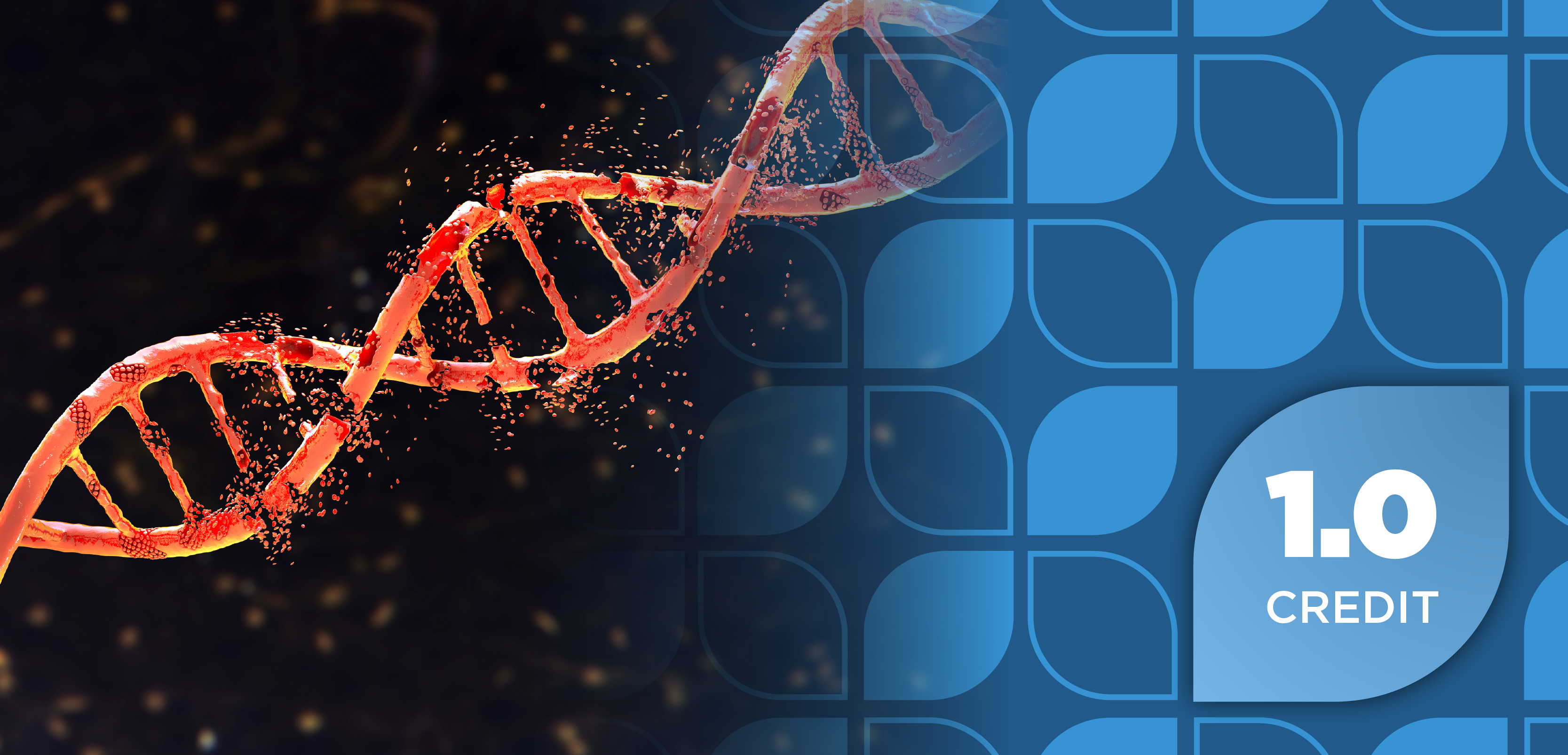
Underutilization of CDK4/6 Inhibitors in Clinical Practice
Panelists discuss how analysis from the Miami Breast Cancer Conference showing 60% of eligible early breast cancer patients are not receiving CDK4/6 inhibitors reflects disparities between academic and community settings, particularly affecting older patients and those with fewer lymph nodes, while identifying remaining unmet needs including better management of quality-of-life impacting adverse effects like fatigue and diarrhea, reducing the burden of frequent laboratory monitoring, and addressing financial toxicity and administrative barriers that affect both patients and health care staff.
Episodes in this series

Underutilization of CDK4/6 Inhibitors in Clinical Practice
Significant Treatment Gap in Clinical Practice
Recent analysis from Miami Breast Cancer Conference revealed that 60% of eligible early-stage breast cancer patients are not receiving CDK4/6 inhibitor therapy, highlighting substantial underutilization despite clear guideline recommendations. This concerning finding primarily reflects disparities between academic and community practice settings, where specialized breast cancer centers maintain higher utilization rates due to focused expertise and familiarity with complex eligibility criteria. Community practitioners managing diverse oncology populations may struggle with nuanced risk factor assessments, particularly distinguishing patients with 1 to 3 positive nodes who require additional high-risk features such as specific Ki-67 levels, tumor grades, or size criteria for treatment qualification.
Vulnerable Patient Populations
The underutilization pattern particularly affects older patients and those with lower lymph node counts, representing critical missed opportunities for improving outcomes. Despite robust data supporting CDK4/6 inhibitor safety and efficacy in populations of older patients with appropriate monitoring, clinical hesitation persists in this demographic. Patients with fewer positive lymph nodes present interpretive challenges due to complex eligibility requirements that extend beyond simple nodal status, requiring careful evaluation of multiple risk stratification factors that may be overlooked in busy clinical settings without dedicated breast cancer expertise.
Systemic Barriers and Quality of Life Challenges
Persistent unmet needs include inadequate management of treatment-related fatigue, which lacks evidence-based interventions beyond physical activity recommendations that prove impractical for symptomatic patients. Diarrhea management, despite available strategies, continues to impact quality of life and work capacity, affecting patient willingness to initiate or continue therapy. Long-term monitoring requirements necessitate monthly laboratory draws and clinical visits for years, creating ongoing health care burden. Financial toxicity compounds these challenges through frequent prior authorization requirements, step therapy protocols, and complex patient assistance programs that strain health care teams. Pharmacists can address these gaps by supporting care coordination, assisting with administrative processes, and implementing systematic patient identification protocols through electronic health record optimization to ensure comprehensive treatment access.
Newsletter
Stay informed on drug updates, treatment guidelines, and pharmacy practice trends—subscribe to Pharmacy Times for weekly clinical insights.























































































































































































































